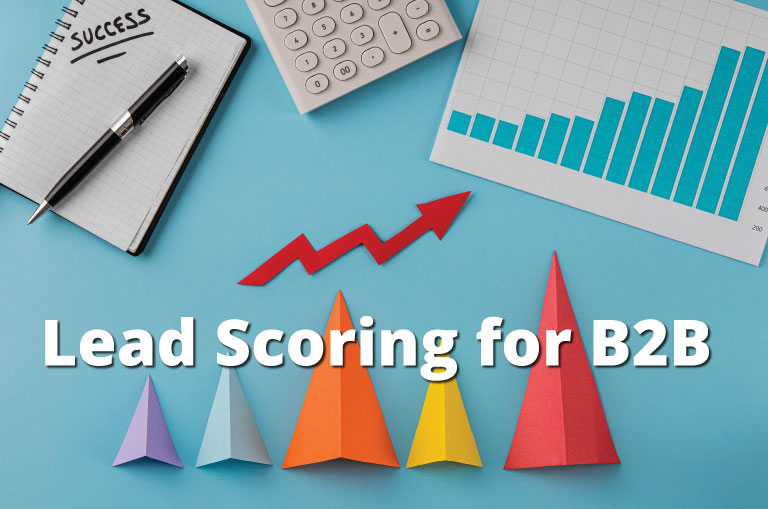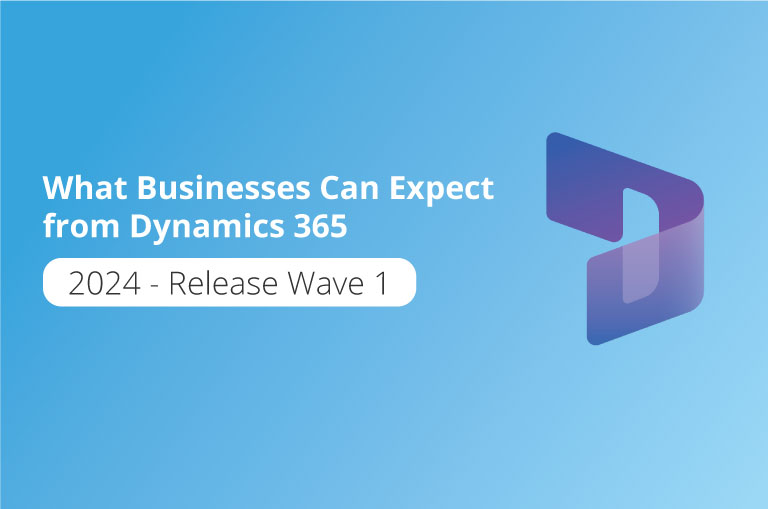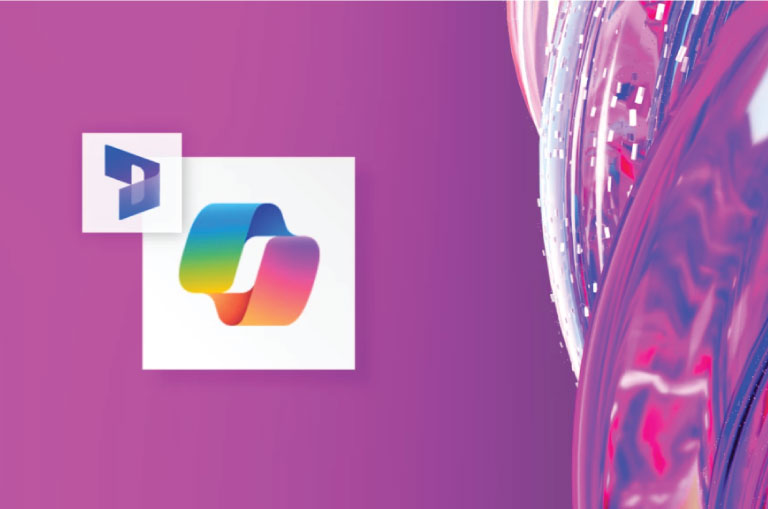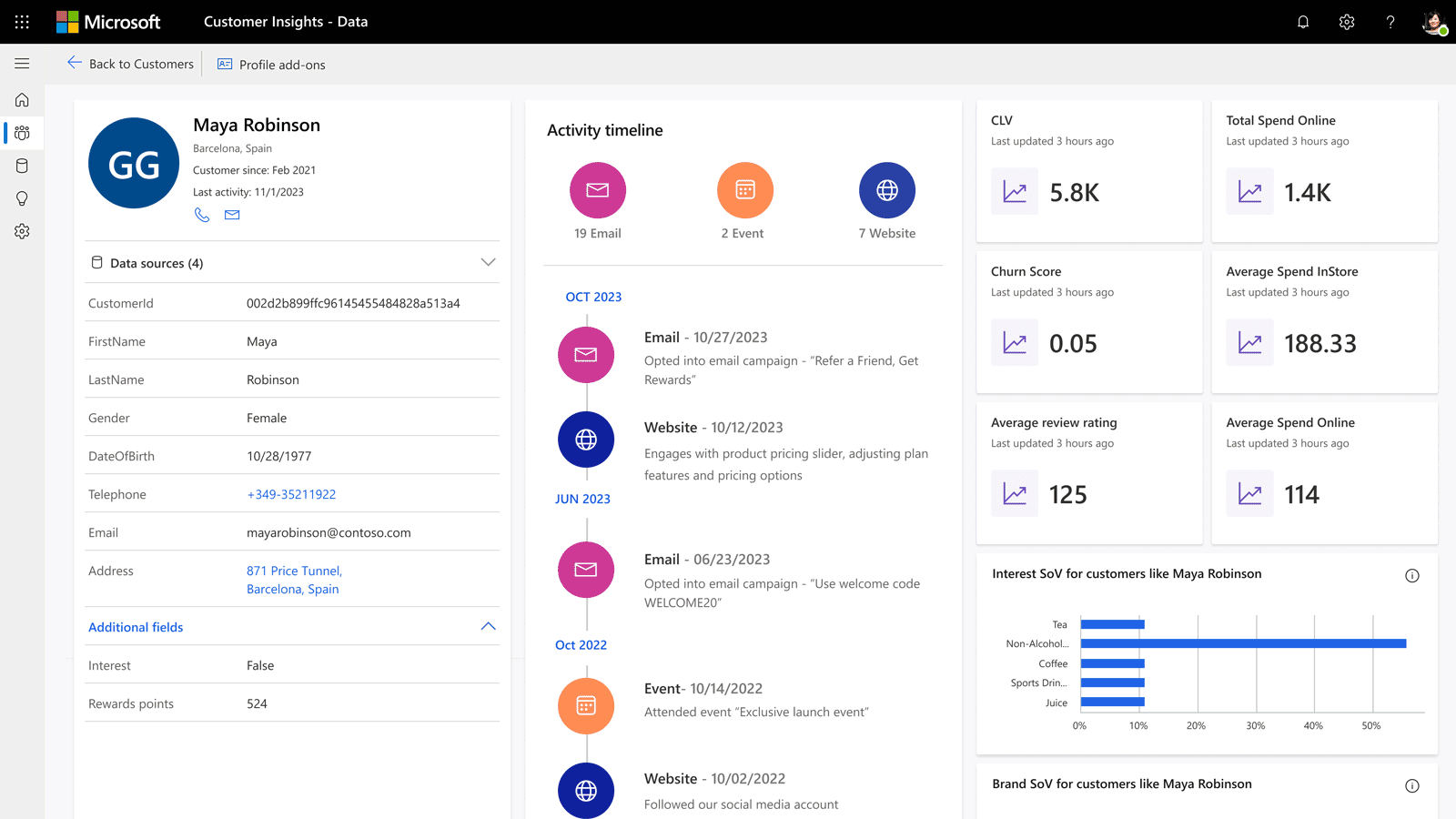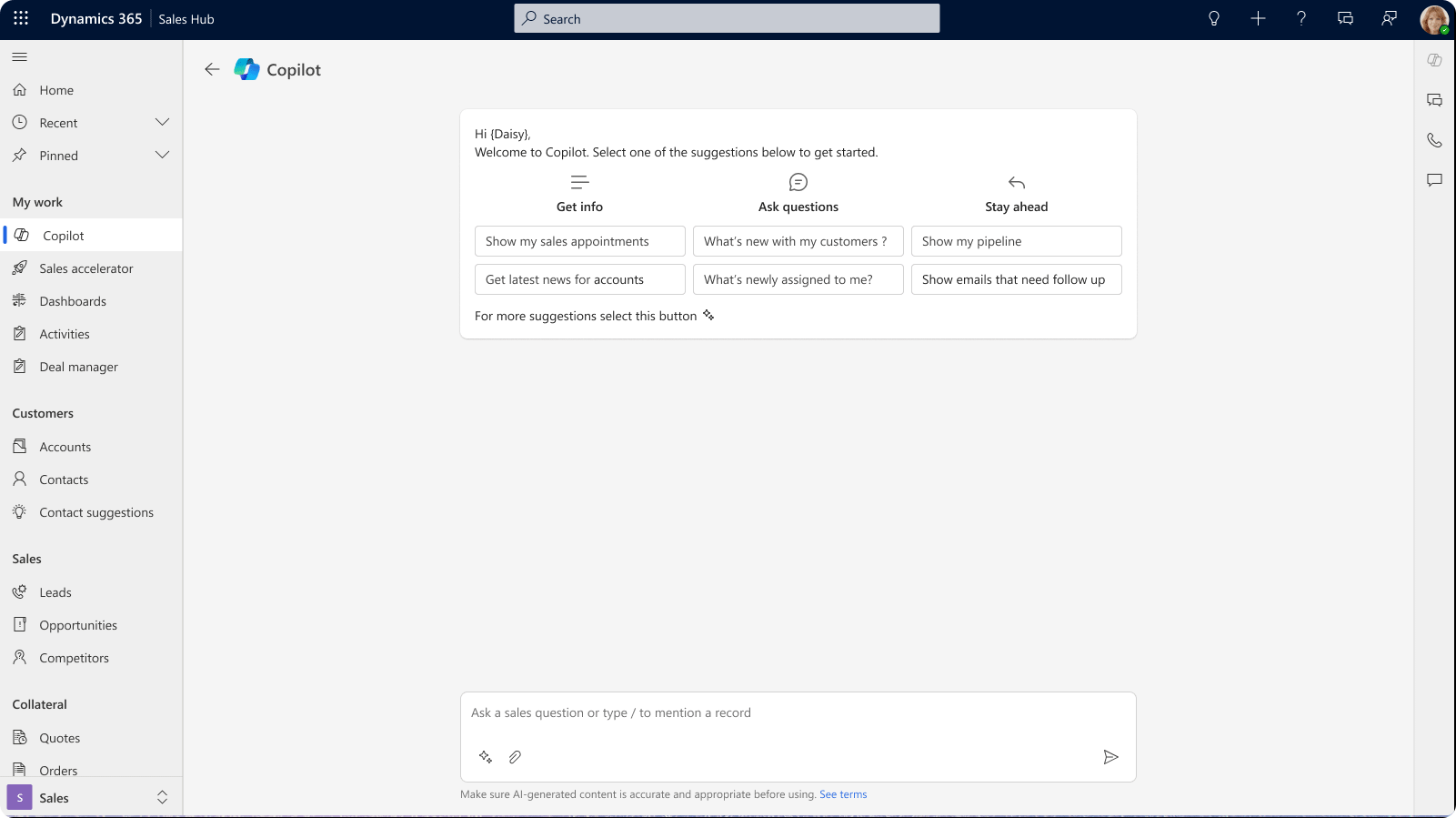As businesses increasingly rely on comprehensive solutions to streamline their operations, Microsoft's Dynamics 365 has emerged as a critical tool in the landscape of ERP and CRM. With significant updates on the horizon, highlighted by recent announcements regarding pricing changes set to take effect in October 2024, users need to stay informed to navigate these developments effectively. For additional context on what these updates entail beyond pricing, consider reading about Dynamics 365's 2024 Release Wave 1.
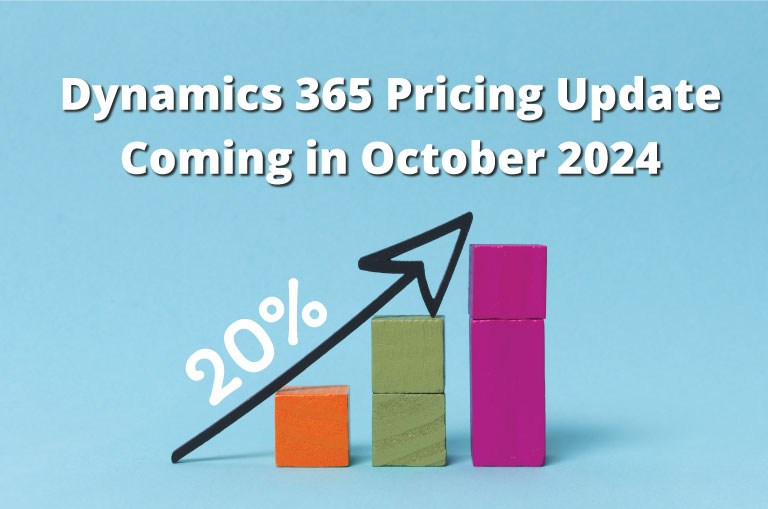
Background
Dynamics 365 has regularly updated its pricing models to reflect the needs of its diverse user base and the changing technological landscape. These adjustments are influenced by a range of factors, including global economic conditions, the necessity to reinvest in more advanced technologies, and extensive user feedback.
In its ongoing effort to deliver value through cutting-edge features, Microsoft has announced a structured price increase across its Dynamics 365 offerings. This move is designed to support continuous improvements and ensure the platform remains at the forefront of ERP and CRM solutions.
Details of the Price Increase
The upcoming pricing adjustment represents a significant shift in how Microsoft positions Dynamics 365 in the market. The following table illustrates the changes in pricing for various Dynamics 365 plans, comparing old and new rates, and highlighting the percentage increase1:
|
Product |
Price before October 1, 2024 |
Price as of October 1, 20242 |
|
Microsoft Dynamics 365 Sales Enterprise |
$95 |
$105 |
|
Microsoft Dynamics 365 Sales Device |
$145 |
$160 |
|
Microsoft Dynamics 365 Sales Premium |
$135 |
$150 |
|
Microsoft Microsoft Relationship Sales3 |
$162 |
$177 |
|
Microsoft Dynamics 365 Customer Service Enterprise |
$95 |
$105 |
|
Microsoft Dynamics 365 Customer Service Device |
$145 |
$160 |
|
Microsoft Dynamics 365 Field Service |
$95 |
$105 |
|
Microsoft Dynamics 365 Field Service Device |
$145 |
$160 |
|
Microsoft Dynamics 365 Finance |
$180 |
$210 |
|
Microsoft Dynamics 365 Supply Chain Management |
$180 |
$210 |
|
Microsoft Dynamics 365 Commerce |
$180 |
$210 |
|
Microsoft Dynamics 365 Human Resources |
$120 |
$135 |
|
Microsoft Dynamics 365 Project Operations |
$120 |
$135 |
|
Microsoft Dynamics 365 Operations – Device |
$75 |
$85 |
Notes:
1 All prices are per user per month (or per device per month where noted).
2 Prices shown are for informational purposes only and may not be reflective of actual list price due to currency, country, region, and variant factors. Contact a Microsoft sales representative for additional information on pricing.
3 Pricing per user per month will increase by $15 in all tiers in Microsoft Relationship Sales. Only 10-99 user tier shown for simplicity.
The table reveals a uniform increase of about 20% across different tiers, reflecting Microsoft’s strategy to scale investment in innovative areas such as AI and cloud infrastructure enhancements. These developments aim to enhance user experience and provide more sophisticated tools to meet the complex demands of modern businesses.
Impact Analysis
This price rise is expected to affect businesses differently depending on their size and dependency on Dynamics 365 solutions. For small businesses, even a slight increase in monthly costs can be significant, potentially pushing them to consider alternative solutions that offer lower prices or reduced functionality.
In contrast, larger enterprises might absorb these cost increases more readily, thanks to economies of scale and the critical nature of advanced ERP and CRM systems in their operational frameworks. The overall market might see a stratification where small businesses might gravitate towards more economical options, while large entities continue to invest in comprehensive solutions like Dynamics 365.
Customer and Market Reactions
The announcement of the price increase has elicited varied responses from the Dynamics 365 user community. Initial reactions gathered from industry forums and social media platforms showcase a spectrum of opinions that underline the diverse customer base of Dynamics 365.
Some loyal users have expressed understanding and support for the price revisions, acknowledging the necessity for continual improvement and enhancement of the platform's capabilities. These users seem willing to absorb the cost increase in exchange for the promise of superior technology and expanded features.
On the other hand, a significant portion of the customer base has voiced concerns over the rising costs. Small to medium-sized businesses, in particular, are apprehensive about the financial implications of these changes. For many, the decision to continue using Dynamics 365 may hinge on a cost-benefit analysis of the new pricing against the perceived value of the enhancements and new features being promised.
This mixed reaction is not unique to Dynamics 365 but is typical of the industry whenever significant price adjustments are made. The true impact of these changes will likely become clearer as businesses adjust to the new pricing structure and weigh it against alternative solutions available in the market.
Conclusion
It’s only five months till October 2024 and it is crucial for all businesses that rely on Dynamics 365—whether small enterprises or large corporations—to carefully evaluate how these changes will affect their operations and budgeting strategies. The increase in pricing is poised to influence decision-making for many companies, potentially reshaping the competitive landscape of ERP and CRM solutions.
Companies should consider engaging with Microsoft representatives to gain a deeper understanding of the new pricing model and to explore any potential concessions or alternative packages that might be available. Additionally, staying informed through updates from Microsoft and industry analyses can provide crucial insights that help businesses make the most informed decisions during this transition period.
Ultimately, while the price increase may pose challenges, it also reflects Microsoft’s commitment to investing in the future of Dynamics 365 as a leading enterprise solution. By preparing now, businesses can ensure that they continue to leverage the powerful capabilities of Dynamics 365 in the most cost-effective manner possible.
FAQ
What are the new pricing changes for Dynamics 365 coming in October 2024?
The new pricing model for Dynamics 365 shows a uniform increase of approximately 20% across various plans. For detailed price comparisons and specific plan increases, please refer to the main content of the article.
Why is Microsoft increasing the prices of Dynamics 365 plans?
Microsoft is adjusting the prices to invest in advanced technologies, including AI and improved cloud infrastructures, which aim to enhance user experience and provide sophisticated tools for modern business needs.
How will the price increase affect small businesses?
Small businesses might find the price increase significant, potentially needing to assess alternative solutions if the increased costs impact their budget constraints severely.
Are there any alternatives or adjustments available for businesses affected by the price increase?
Businesses concerned about the new pricing can reach out to Microsoft representatives to explore potential concessions or alternative packages that might offer better affordability.
Will there be any additional features or improvements in Dynamics 365 with the new pricing model?
Yes, the price increase is intended to support the development of new features and enhancements in Dynamics 365, focusing on areas like artificial intelligence and cloud technology.
Where can I get more information about how to prepare for the pricing changes?
For preparing for the new pricing model, it is recommended to consult the detailed posts on Microsoft’s official Dynamics blog and engage with sales representatives to understand all available options.






